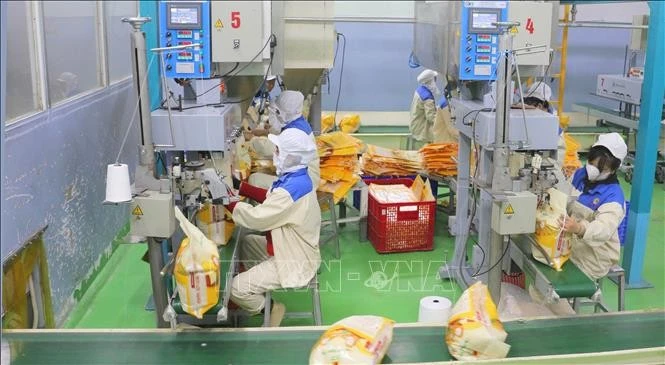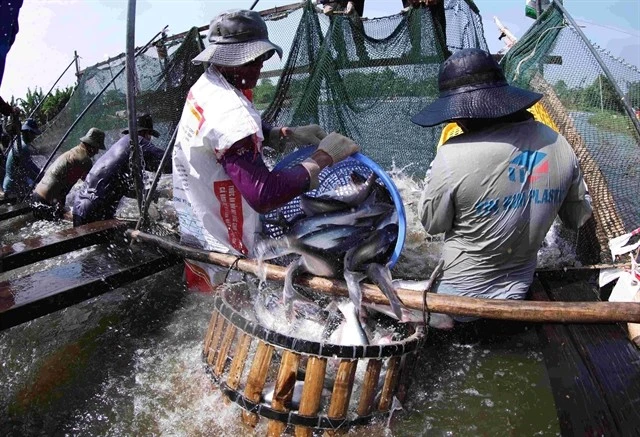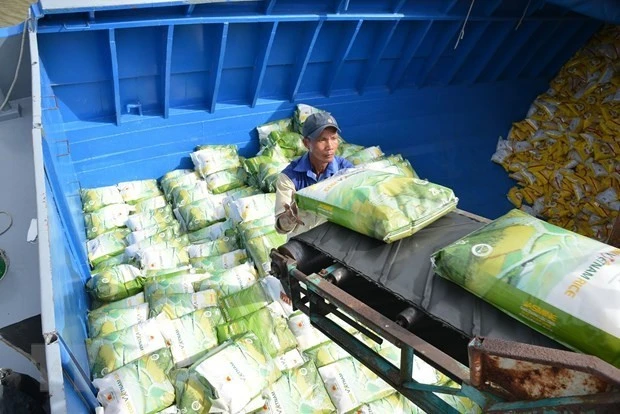Vietnam’s total export turnover to the Chinese market reached 57.7 billion USD in 2022, accounting for 15.5% of the total turnover of the whole country.
The export potential to China is still very large because it is the most populous country and has the second-largest GDP in the world.China also has many bilateral and multilateral cooperation agreements with Vietnam, such as theASEAN-China Free Trade Agreement (ACFTA)and the Regional Comprehensive Economic Partnership (RCEP) and has been actively participating in theComprehensive and Progressive Agreement for Trans-Pacific Partnership (CPTPP).
In the context that China has just reopened and made efforts to recover its economy following the COVID-19 pandemic, this is a good opportunity for Vietnam’s exports.
However, the Ministry of Industry and Trade also warned that China is no longer an easy marketas before because it has higher requirements for both imported and exported goods.Specifically, China has issued regulations on the registration of enterprises producingimported foreign food (Order 248), requiring foreign enterprises to complete the extension dossier on the single window system of China Import Food Enterprise Registration (CIFER). At the same time, the country has continued to take steps to tighten the management and control ofepidemic outbreaks of livestock and poultry.
Therefore, Vietnam's associations and industriesneed to actively grasp information and developments in the world and the risk of domestic spread,to promptly warn manufacturing enterprises to take measures, to avoid infection and to ensure food safety.In addition, although China's economy is large,it is mainly based on exports. It will continue to play the roleofthe world's factory, with many export itemsthat are very similar to Vietnam’s. This creates both advantages and great challenges for Vietnam’s exports.
Experts recommended that management agencies,business associations and industries, should promptly and correctlyidentifyboth opportunities and challenges from this market,to exploit and promote the advantagesof the economic and trade cooperationbetween the two countries, contributing to boosting the two economiesto complement each other for sustainable development.On the side of exporters,it is necessary to change their approach to the Chinese market,focusing on a few strong items or groups of products to create a spillover effect.
Vietnamese enterprises can research and cooperate with large wholesale markets in China to boost exports.Besidescontinuing to focus on traditional markets and those near the border, such as Guangxi province, export businessesneed to expand to new markets located deep in China's interior, including Shandong and Hebei.
In the near future, the Ministry of Industry and Trade will organise many large-scale trade promotion activitiesin China, to supportbusinesses to expand their markets.When trade cooperation between the two countries isenhanced, it will also promote investment cooperation opportunities.China can take advantage of and exploit Vietnam's strengths as a member of 16 free trade agreements (FTAs). As a result, businesses from the two countries will have the opportunity to join joint venturesand linkages, as well as exploit potentials and incentivesin the FTAs to boost exports.


![[Video] Seven inspection teams formed to stabilise market during peak Tet period](https://en-cdn.nhandan.vn/images/9f233ae74386156ace55673ec5a8ea373e7bb5df2274800bfd51bda6ec86d9464d289201deda54c246314a974e2f0aef0bc69929884e4c53fd4eb6a1f98b468f6ae70becd9f49b834a8b9195e077c25b/anhminhhoavideo-110126-2.jpg.webp)













